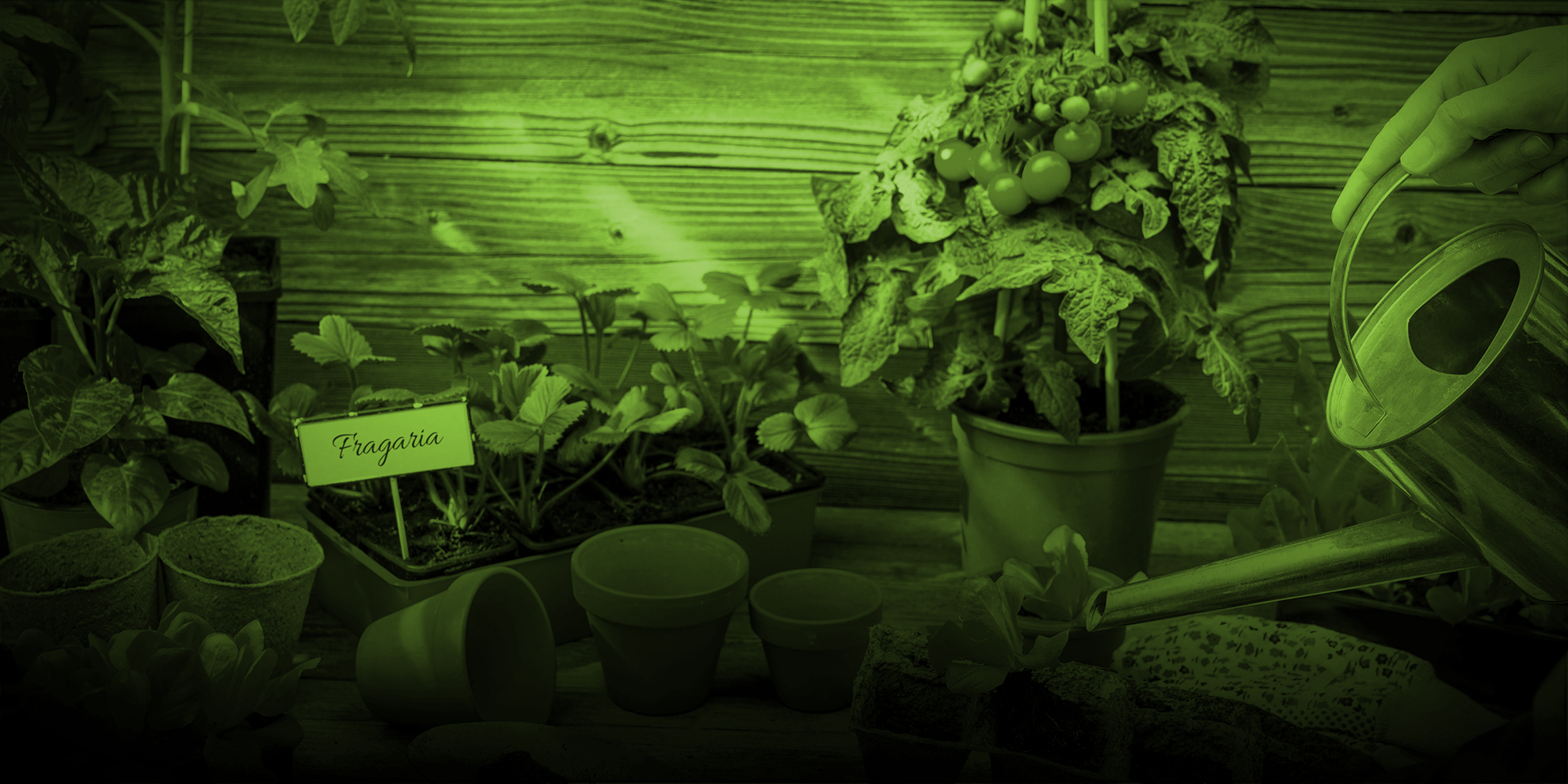
San Mateo County Libraries has seed libraries available at a number of our branches! These seed libraries contain seeds available for community members to take home, plant and then donate back their new or harvested seeds in turn. Types of seeds and specific check out processes may vary by branch. See below for our current branches that host seed libraries.
- Atherton Library
- Belmont Library
- Brisbane Library
- East Palo Alto Library
- Foster City Library
- Half Moon Bay Library
- Millbrae Library
- North Fair Oaks Library
- Pacifica Sanchez Library
- Pacifica Sharp Park Library
- Portola Valley Library
- San Carlos Library
- Woodside Library
How do Seed Libraries Work?
While the specific steps may vary by location, all seed libraries are free for community members to browse, take seeds from and donate seeds to, no library card required!
-
-
- Take Seeds: Choose the seeds you wish to take home! Please note any specific steps outlined for our individual branches regarding how many seeds you may take or where to log what you are taking.
- Plant Seeds: Plant your seeds in your garden!
- Share Seeds: If your plants are successful, we welcome seed donations in return so that they can go on to be shared with others! Please note any specific steps requested by our individual branches regarding how to donate seeds.
-
How To Save Seeds
Learning how to save seeds increases self-sufficiency as it allows us to grow healthy, productive plants year after year. However, different seeds will require different care to save them for another harvest. Here are a few tips and tricks on how to save seeds:
-
-
- Be aware if your seeds are annual, biennial or perennial. Not all plants are limited to a single growing season. Those that are, such as tomatoes, lettuce and peppers, are called annuals. Biennials, such as carrots and onions, don’t flower until their second growing season after they have gone through a cold period. Some long-lived plants, like apple trees and asparagus, are perennial, surviving and flowering for many years.
- Save seeds from open-pollinated plants. These are plants that will retain their distinct characteristics from generation to generation. This means, with minimal care, the seeds you save will be true-to-type, producing the same quality of harvest as the plant you originally saved them from.
- Hybrid plants are not as successful to harvest seeds from. Hybrid plants are deliberately cross-bred between two different plant species to make a new type of plant. This allows the new plant to inherit certain desirable traits from its parents. However, the seeds from these hybrid plants will not produce the same harvest as the plant you save them from. Instead, they may revert to one of the parent plants, or produce a new combination of genetics that are frequently unpalatable. Check if your store-bought seeds are hybrids or open-pollinated by looking at the packet. Open-pollinated seeds will be marked with the abbreviation “OP.”
- Grocery store produce is more likely to be hybrid. If they aren’t, they may have been sprayed with certain chemicals to stop them from germinating. This means that seeds saved from veggies or fruit bought at the store are less likely to reproduce in a new harvest. They’re better off being composted instead!
- Start with plants that are easy to save. Crops like peas, beans, peppers, lettuce and tomatoes are great for beginning seed savers. This is because they are self-pollinators! Self-pollinators fertilize themselves, meaning any seeds saved will be true-to-type. Cross-pollinators, on the other hand, require pollen from other plants in the same species to become fertilized, which means they may create hybrids amongst themselves. This can result in crossovers such as a pumpkin with zucchini, as they are both types of squash. Cross-pollinator seeds can still be saved, but they take quite a bit more time and experience.
-
Once you’re ready to start saving your seeds, find more detailed steps for specific types of crops, as well as additional gardening websites like Salt Spring Seeds.
Want to learn more? Check out these titles!
Check out these titles to learn more about seed saving, California native plants and how we can help the climate through gardening.


Add a comment to: San Mateo County Libraries Has Seed Libraries!